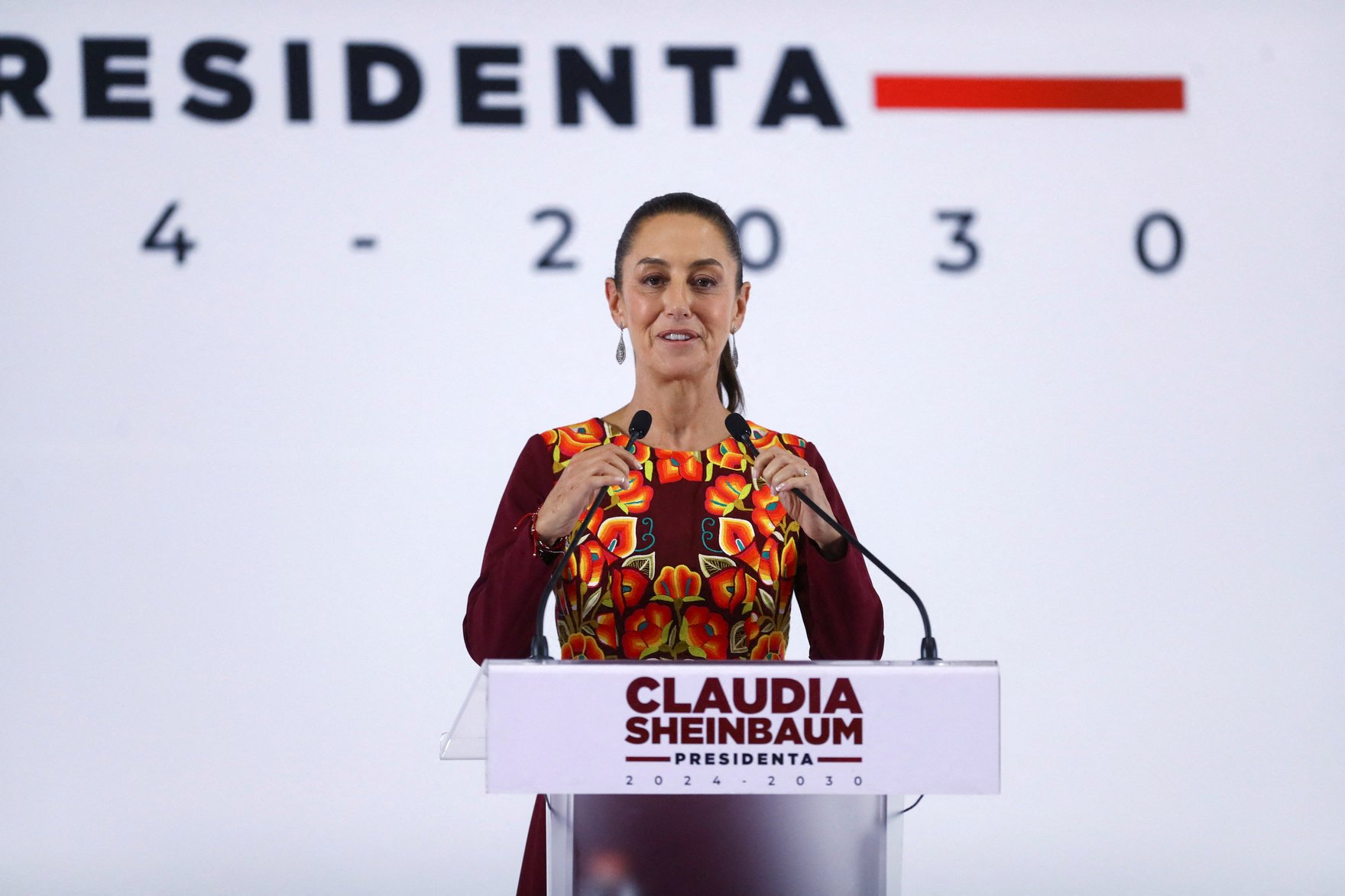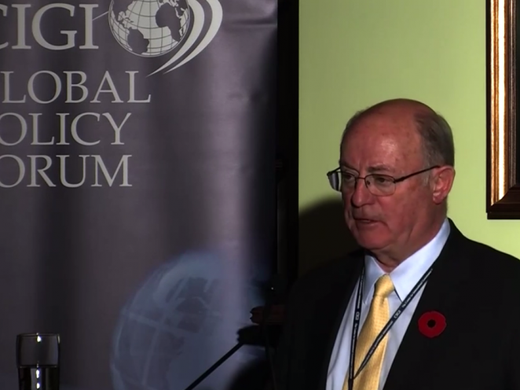Claudia Sheinbaum’s landslide victory in the recent Mexican presidential election owes much to her promises to deepen incumbent Andrés Manuel López Obrador’s welfare programs. Yet she will also be inheriting a fiscal imbalance equivalent to 5.9 percent of Mexico’s GDP, the highest since 1988.
If Sheinbaum holds to her electoral promises, Mexico’s fiscal deficit may worsen, confronting the International Monetary Fund (IMF) with a dilemma: accept a reputational cost or trigger a regional crisis.
During her electoral campaign, Sheinbaum was not shy in committing future fiscal resources. She promised that pensions for people over 65 would be at least equal to the salary they were receiving before retirement. Additionally, she pledged to increase minimum wages above inflation, so that by the end of her mandate in 2030, they would be the highest in Mexico’s history.
Since 2009, Mexico has had continued access to the IMF’s most prestigious financial facility, the Flexible Credit Line (FCL). The FCL was established in 2009 to help countries potentially affected by the global financial crisis.
Unlike other IMF programs, the FCL was not aimed at countries that had lost, or were about to lose, access to capital financial markets. It was designed for crisis prevention, with no prefixed cap on the amount of credit it may provide, and was reserved for only those IMF members whose economies meet the IMF’s highest bar: “very strong economic fundamentals[,] a sustained track record of implementing very strong policies and continued commitment to maintain such policies in the future.”
The FCL’s bar is so high that users can draw upon the arrangement without being asked to undertake any policy commitments (“conditionality,” in the IMF’s jargon).
Mexico was the first country to use the FCL. Three other Latin American countries — Chile, Colombia and Peru — were also admitted to the IMF’s VIP club (in Europe, Poland also used the FCL between 2015 and 2017).
Sound public finances are a key component of the track record the IMF must permanently monitor, and that FCL users must continuously preserve. Far from the market stigma that countries fear when knocking at the IMF’s door, being admitted to the FCL club is a matter of prestige.
In November 2023, the IMF’s executive board approved a two-year extension of Mexico’s right to draw on the FCL (up to US$35 billion). This was the country’s tenth FCL extension, and there is no formal impediment to extending it again.
Yet if Sheinbaum lives up to her electoral promises, Mexico may no longer meet the FCL’s “very strong economic fundamentals” threshold, let alone its “continued commitment” to implementing sound fiscal policies.
What happens if Mexico is asked to quit the FCL? We don’t know, as it has never happened before, but it could have severe implications.
Mexico represents about 30 percent of the MSCI Emerging Markets Latin America Index, making it a linchpin in the region’s financial markets. A decision to strip Mexico of FCL status could thus lead to a loss of investor confidence, not just for Mexico but across the region. This could increase borrowing costs, triggering a regional financial crisis, as investors may perceive a risk of contagion to other Latin American countries.
On the other hand, maintaining Mexico’s FCL status, despite a deteriorating fiscal position, would undermine the FCL’s credibility, as its value lies in its stringent qualification criteria. This could have direct implications for the three other current FCL users: Chile, Colombia and Peru. These countries might see their own reputations tarnished by association, leading to reduced investor confidence, hence higher borrowing costs.
In short, the IMF faces a dilemma: Stripping Mexico of its FCL status could precipitate a regional financial crisis. But disregarding Mexico’s fiscal deterioration would undermine the FCL’s credibility, diminishing the incentive for other FCL users to pursue prudent economic policies.
The IMF can try to avoid this difficult decision by discreetly encouraging Mexico to “voluntarily” exit the FCL facility. Yet even this attempt at a pragmatic solution might be seen to compromise the IMF’s commitment to transparent communication without deceiving markets.
In all cases, the IMF should have its purse ready to extend less prestigious lending in Latin America.
This article was originally published by the Official Monetary and Financial Institutions Forum.

